|
|
|
Aerostar
|
|
| |
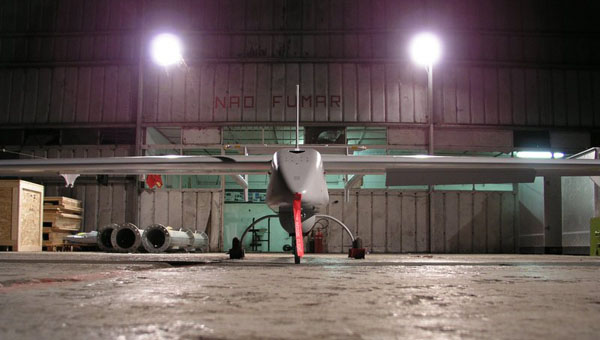
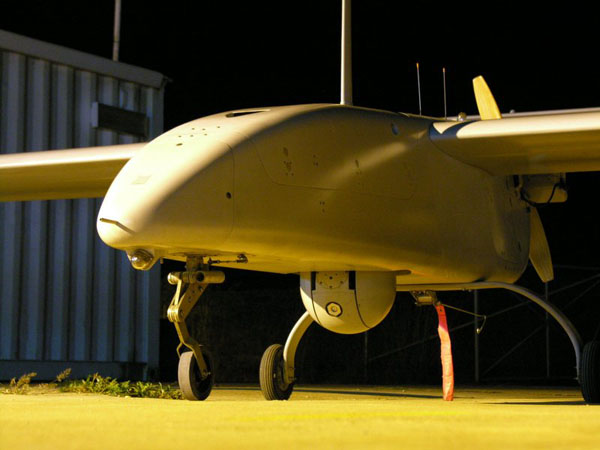
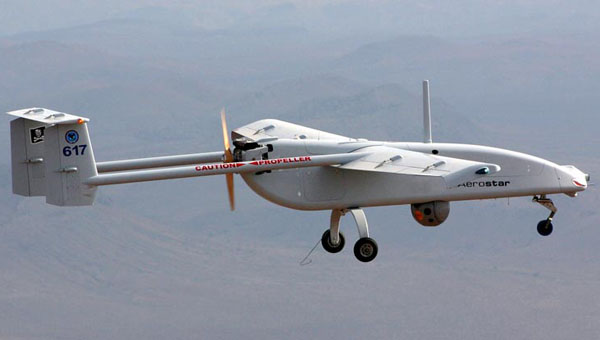
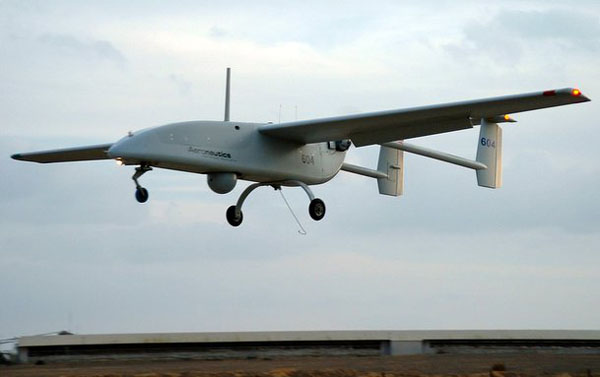
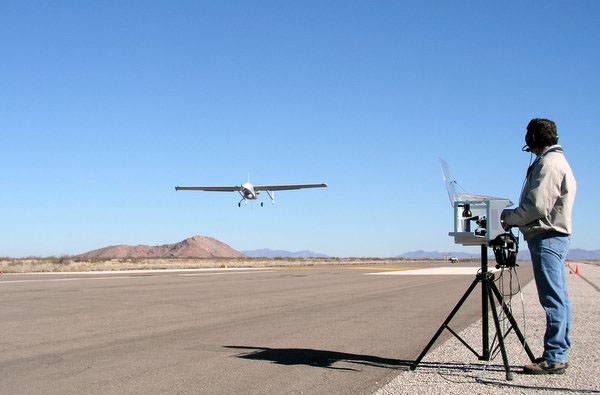
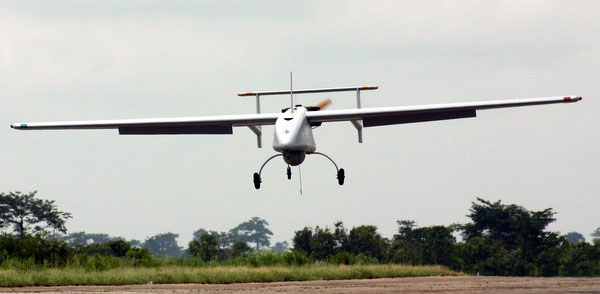
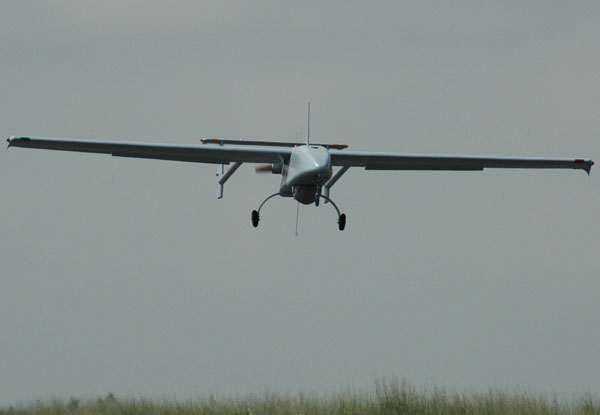
|
| |
| |
|
| |
| |
| |
Since its introduction in 2000, the Aerostar has broken several world records and set unprecedented standards for reliability, life cycle, ease of operation, logistics, endurance, operational range, payload options, ground systems interfaces, cost-effectiveness, and more. Currently operational in four continents, the Aerostar was chosen by the Israeli Defense Forces (IDF) to perform its routine security missions and within only 18 months logged in excess of 10,000 operational flight hours. The system's performance and reliability has proven to be unrivaled in its category. A multi-mission system capable of carrying various payloads. the Aerostar enjoys the flexibility of operating as a stand alone, or engaging as a relay station within larger set-ups. allowing for a seamless integration into a comprehensive system of systems and existing customer set-ups. Furthermore, the system's virtual communication features and flexible interfaces allow the users to maximize their capabilities.
|
| |
|
| |
The Aerostar Tactical UAV system is specifically designed to operate in the modem battlefield, providing each component of the operation with the systems' entire array of capabilities. Field units are equipped with RPCS units for receiving and controlling the Aerostar throughout its operation in real-time- This provides field commanders with online updates of the battle and allows them to personally influence the system and adjust to recently occurred situations. Moreover, military command can receive the battlefield data accurately and in its entirety to their headquarters, all in real time, providing the appropriate personnel with the ultimate tool for making the right decisions.
The Aerostar system is designed to integrate with any other system participating in battle, including helicopters, ground vehicles, maritime vessels, etc. creating a Network Centric Environment and the ultimate tool for all Intelligence, Surveillance, Reconnaissance and Target Acquisition missions. |
| |
|
| |
High Reliability and Availability
The Aerostar system utilizes a highly reliable and proven engine (490 IA, 38 HP), and a world-leading avionics package (UMAS™), providing the best weight to carriage ratio, as well as an incredibly high MTBF and a very low MTTR.
Performance
The Aerostar's compact, state of the art avionics system allows for a larger fuel compartment thus providing the longest endurance aircraft in its class. In addition, the avionics integration capability affords it the ability to adapt to any payload in the market.
Flexibility
The system is based on an open architecture design, allowing for seamless integration with any subsystem and C4I environment The system's configuration can easily be adjusted to any operational requirements. Its ground control stations vary from a multiple UAV real time control station (HCS -Hydra Control Station) to the unique RPCS (Remote Payload Control Station), providing a remote portable video terminal with real time payload control capability. |
| |
|
| |
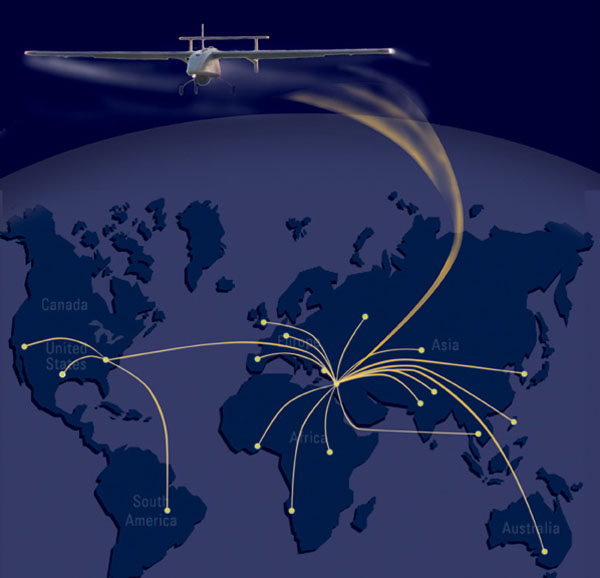 |
| |
The Aerostar system has managed to significantly influence the worldwide industry in a relatively short time. The Aerostar's global deployment range from military, to Paramilitary, to civil applications, and its flexible operational concepts offer both outsourcing services (fly by the hour) or fully trained operating personnel for self-sufficiency.
|
| |
| |
Aerostar UAV in Police Role |
| |
|
| |
Law Enforcement UAVs Uses
All modern police forces use fixed wing aircraft and helicopters to detect traffic violations, pursue criminals and hunt for missing persons.
Law Enforcement UAVs - Trials
In flight trials with the Israeli Traffic Police, the Aerostar proved ideal for the observation of traffic and the rapid detection, tracking and identification of rogue drivers. The Aerostar UAV is less costly and more practical to operate than a manned helicopter and also far less visible to drivers. This invisibility creates a strong deterrent effect, since once a police force starts using UAVs for law enforcement, no driver can ever be sure that he isn’t being watched, day or night. |
| |
|
| |
Aeronautics Defense Systems Ltd. and the Israel Highway Police have employed the Company’s Aerostar UAV in a successful experiment to detect and arrest traffic offenders on the highways of Southern Israel.
A police patrol pilot joined the Aeronautics Operating Team inside the Company’s Ground Control Station, while five patrol cars, each equipped with Aeronautics Remote Video Terminals, followed the live video transmissions from the Aerostar. A number of drivers were stopped and, according to a Police spokesman, were amazed when shown their own traffic violations, recorded from above on video.
The Israel Highway Police are now studying the results of the trial flight, and are seriously considering the regular use of UAV-based traffic surveillance as a major weapon in the continuing campaign to enforce traffic regulations and enhance road safety.
Among the major advantages of the Aerostar for Highway Patrol use are the following:
-
Ability to provide coverage of a wide land area and many miles of roadway in a short time and using just a few personnel
-
Sophisticated day/night surveillance cameras provide 24-hourcoverage capability
-
Ability to react quickly to accidents and other emergencies
-
Compared to ground speed traps, cameras and patrols, Aerostar is highly mobile, virtually invisible to drivers and produces added deterrent effect
-
Long flight endurance – up to 12 hours
-
Low running costs compared to manned police aircraft
|
|
| |
Aerostar UAV Contract in the United States |
| |
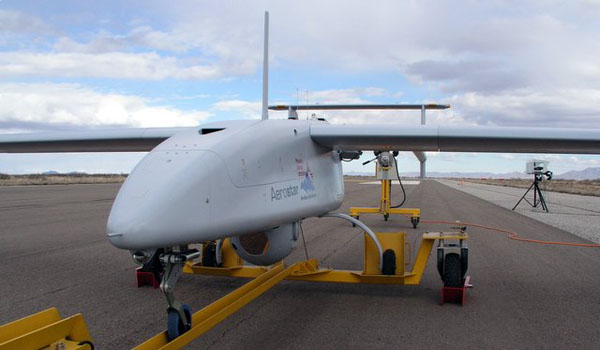
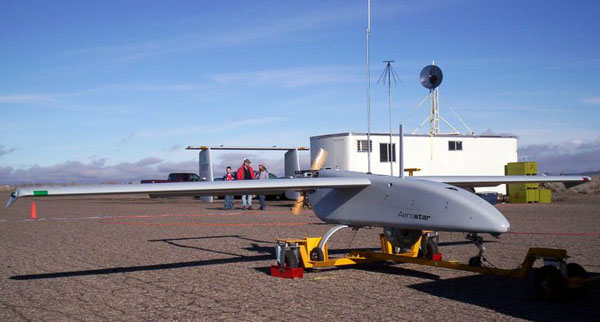
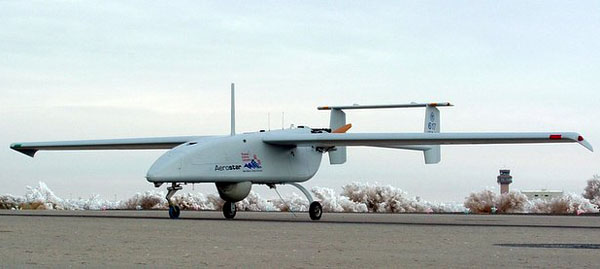
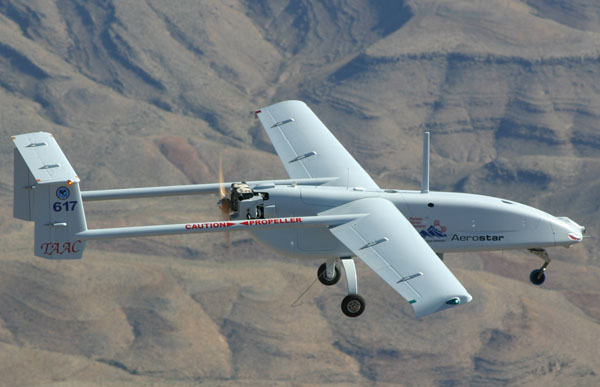

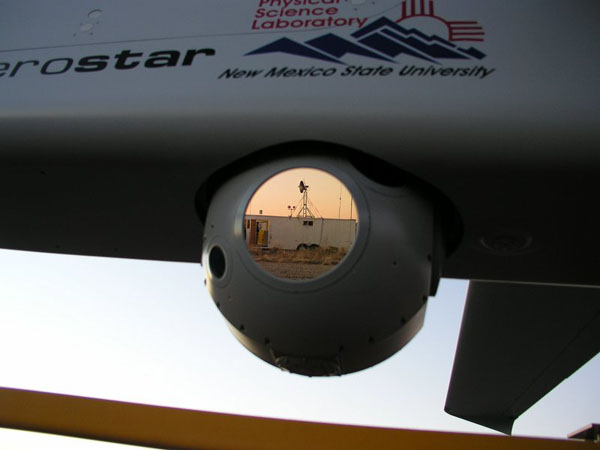 |
| |
Aeronautics Defense Systems was recently awarded a contract by General Dynamics Ordnance and Tactical Systems for provision of a UAV Control System and operation of the Aerostar Tactical UAV. The system will be deployed at Las Cruces, New Mexico, as part of the NMSU UAV Technology Analysis and Applications Center (TAAC). The Aerostar will support UAV Operations, Training/Certification, and Sensor Technology Development. Aeronautics Defense Systems has a strategic alliance with General Dynamics in ST. PETERSBURG, Fla, USA for unmanned systems.
Tactical UAV - The Aerostar
The Aerostar UAV System will be available to support US Mexican southern Border Surveillance missions and is currently deployed in a number of countries for border surveillance and critical asset/ force protection. |
| |
| |

 |
| |
| |
Aerostar UAV Used in Sense And Avoid Capability Tests for Predator UAV |
| |
The US Air Force is planning to fit its General Atomics Aeronautical Systems MQ-1 Predator unmanned air vehicles with an interim, optically based air traffic sense-and- avoid capability by mid-2008 using technology in the final stages of research testing.
The suite being used in the trials program, carried aboard an Aeronautics Aerostar UAV and flown out of Las Cruces airport in New Mexico, comprises three off- the-shelf electro-optical cameras in staring mounts.
The prototype technology is being developed by the US Air Force Research Laboratory’s [AFRL] sensors directorate under a technology demonstration effort that is also looking at a fully autonomous version. That advanced variant would be developed into an operational suite between 2007 and 2009 for the USAF Northrop Grumman RQ-4 Global Hawk UAV and to replace the interim Predator system.
The planned suite will be based on optical sensors and processing systems jointly developed by AFRL and Defence Research Associates.
According to the deputy head of AFRL’s sensors directorate Col Garry Hopper, the technology will be “ready at the end of this month” for handover to the USAF Predator system programme office.
Each camera covers an arc of ±95º ahead of the UAV. Imagery from the cameras is analysed in real time to identify deviations from the prevailing optical flow pattern.
Speaking at UVS International’s UAV 2006 conference in Paris earlier this month, Hopper said the algorithms used by the analysis software are based on the USAF’s own optical encounter model that has been used by the service since 1980 to develop high and low observability colour schemes for its aircraft. The research suite weighs 25lb (11kg) and draws 0.11kW of power. |
| |
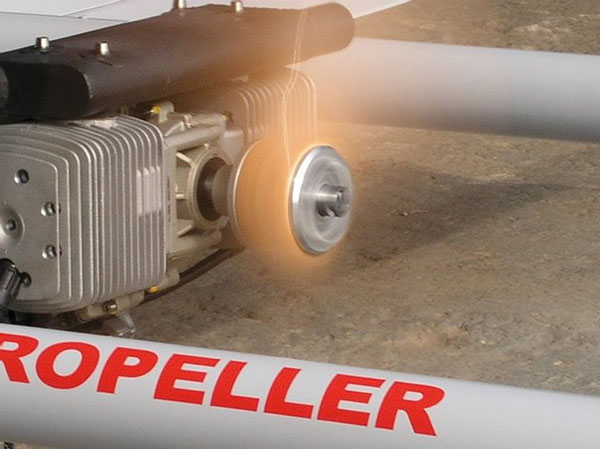
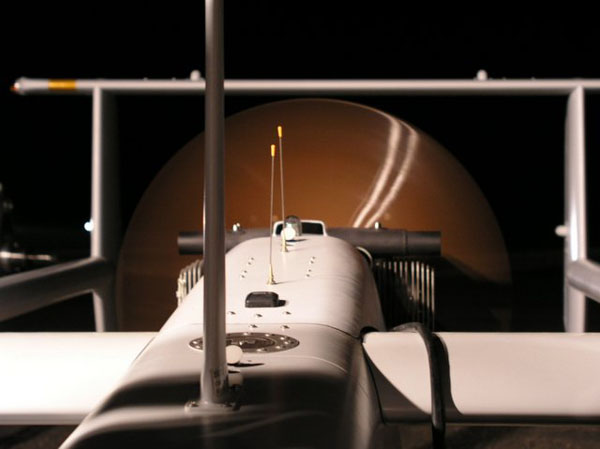 |
| |
 |
| |
Service Ceilling |
18,000 ft |
Operational Endurance |
> 12 hours |
LOS Datalink range
*SATCOM Datalink Optional |
200 km |
Loiter speed |
60 kts |
Dash speed |
110 kts |
Wingspan |
6.5 m (21 ft) |
Length |
4.5 m (15 ft) |
Height |
1.2 m (4 ft) |
MTOW |
210 kg (460 lb) |
Max Payload Weight |
50 kg (110 lb) |
|
 |